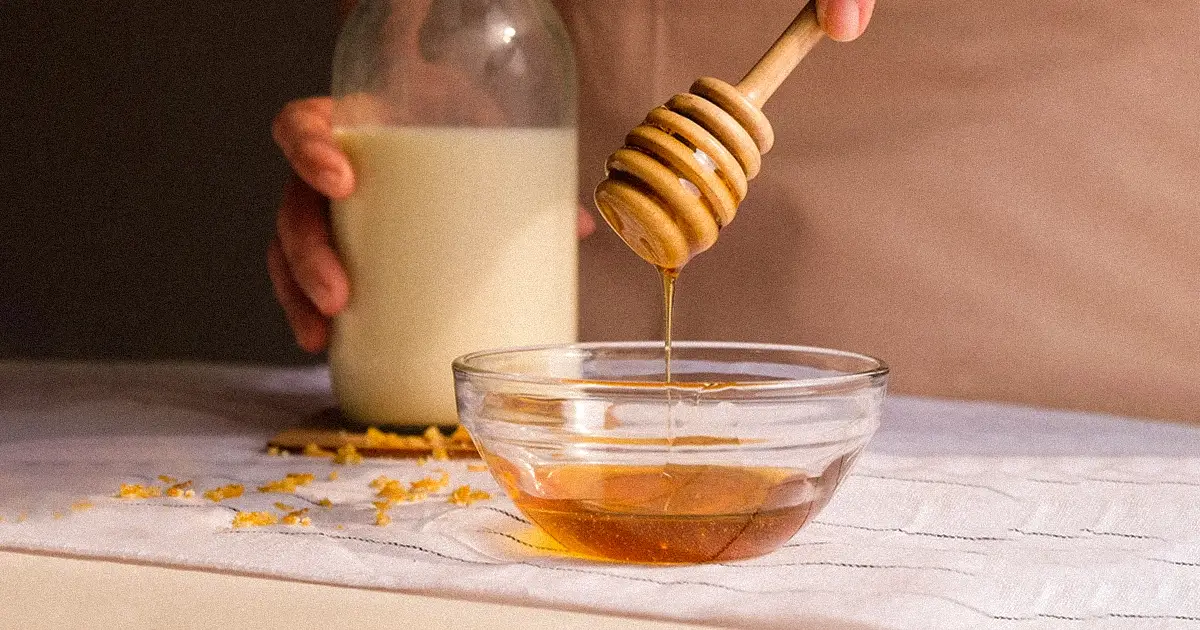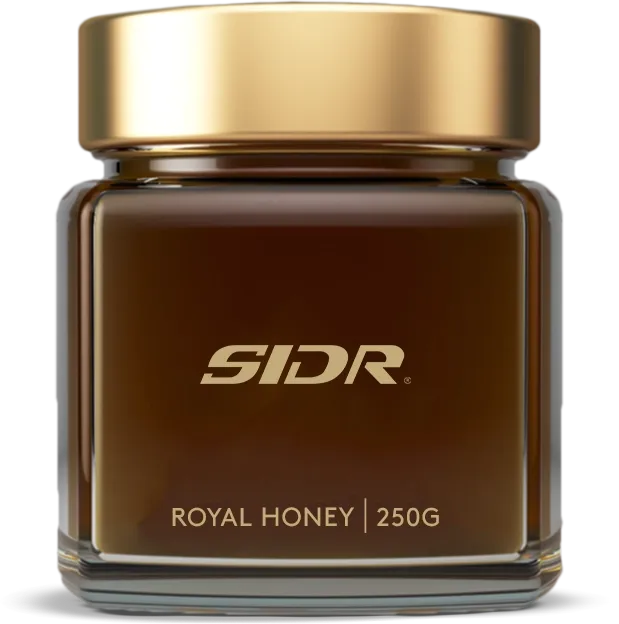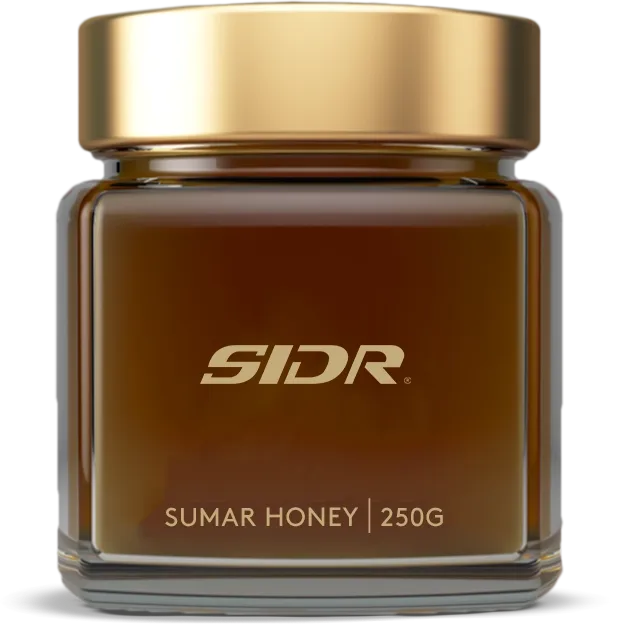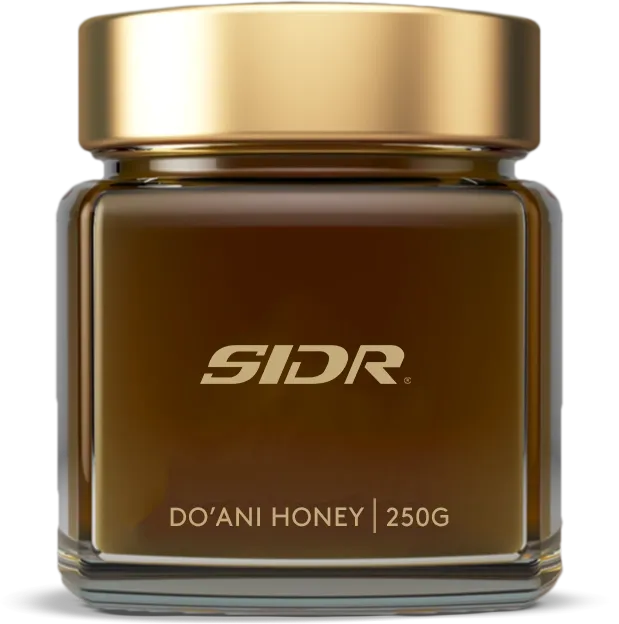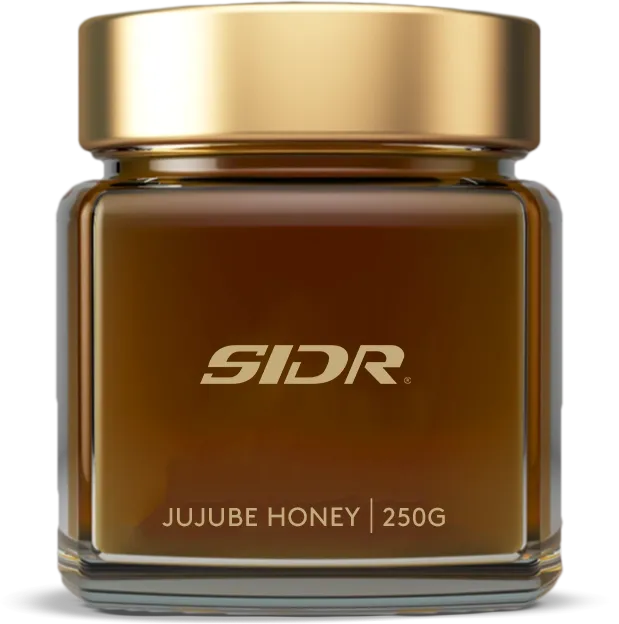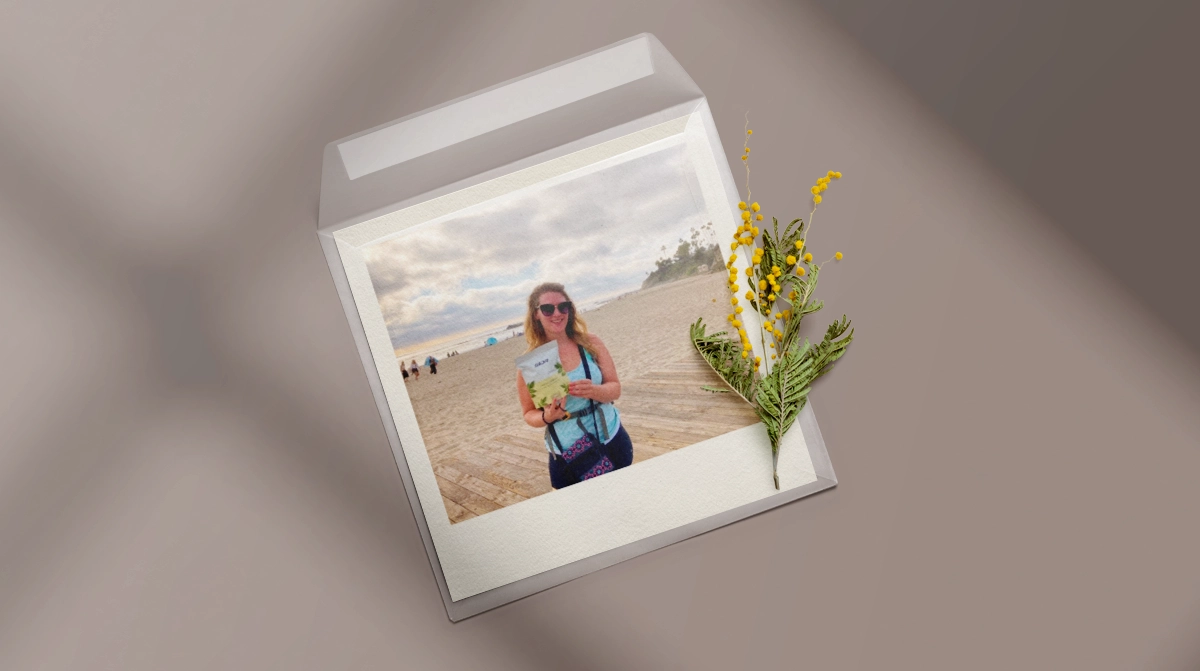The Cold, Hard Facts of Crystallized Honey
Is That Candy or Honey? Have you ever noticed your honey looking a little lumpy or firm like a piece of candy? You may have even seen little white flecks floating in it.
Before you do anything impulsive, don’t throw it out! Your raw honey is not bad; it’s just changing. It’s crystallized honey, and it’s totally natural.
We take pleasure in watching seasons change. Every autumn, we enjoy the vibrant hues of darkening leaves and the evolving temperatures that come with them. Even though the leaves eventually fall, we know nature is going through healthy changes.
Honey has a similar natural process that we can enjoy watching – crystallization. Those little lumps or white flecks you see are a sign that your honey is as close to natural as possible!
Here are a few go-to facts to help you navigate the world of crystallized honey.
The Quality
When honey crystallizes, it is still as nutritious and sweet as ever! In fact, the crystals prove that your honey is high quality and hasn’t been processed. It means that nutritious pollen hasn’t been filtered out and your honey hasn’t been damaged by pasteurization.
Our Raw & Unfiltered Honey is more likely to crystallize, because we do not heat our honey at high temperatures (or pasteurize). Temperatures lower than 50 degrees Fahrenheit (10 degrees Celsius) can cause crystallization.
During those cold winter months, the honey in your cabinet might begin to crystallize because of the lower temperatures. You might see white flecks not only out your window but in your honey, too. This crystallization even happens in the hive in colder temperatures.
But for those of us who like to keep our honey slippery smooth, fill a bowl with warm water and let your jar rest until the crystals dissipate. Be sure not to microwave your honey, because the heat will destroy the natural goodness of Raw & Unfiltered Honey.
The Two Main Guys
Glucose and fructose. These two best friends play a key role in crystallization. When bees hop from flower to flower, they’re collecting rich nectar.
That nectar is made up of two sugars: glucose and fructose. After collection, the bees will drop off the nectar at their hive where it becomes honey. Different flower nectars have different ratios, and the crystals in your honey will reflect those different ratios.
Honey from sunflowers and clovers crystallize quicker, while maple and eucalyptus honey changes slower. Who knew, right!?
The Pollen
The final factor is pollen. Pollen is simply a side effect of the bees’ honey making process. While bees collect nectar, they can rub their fuzzy little bodies on the flower’s pollen, and it can find its way into the honey. Not only is pollen healthy, it’s important to keep pollen in your raw honey to test where it came from. Pollen also ensures that your honey hasn’t been processed.
With pollen in honey, the little particles provide a base for crystallization to begin. Whether you like to spread your honey crystals over toast or let your honey slip into your Earl Grey, know that your crystallized honey is undergoing a natural process.
When it comes to crystallization, let Mother Nature do her thing and know that your SIDR Raw and Unfiltered Honey embodies her wonders. Embrace the changes!
